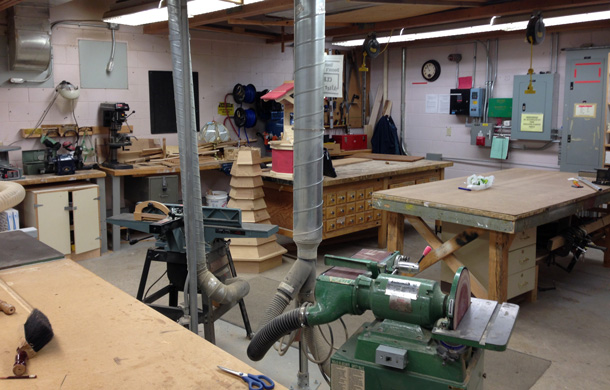If you have one or more elderly relatives, then you may already have investigated the concept of assisted living communities.
This is a great way to meet your elderly loved ones’ needs while also ensuring they can still maintain a certain amount of independence.
If this is not a process that you know much about, then you may wish to find out more about what assisted living is and exactly who can benefit from this type of arrangement. You can read on the discover all of the information that you need!
What is Assisted Living?
Assisted living is a residential option for seniors who need help with certain aspects of their day-to-day care.
When a senior person moves into an assisted living community, this will usually be because they are unable to have all of their needs met at home. This usually relates to medical needs or mobility restrictions.
Common tasks that a person in assisted living might need help with are:
- Bathing
- Dressing
- Cooking
- Eating
- Personal care
- Medication management
- Errands
Making the Move
Making the move to an assisted living community will generally be a permanent one or at least a very long-term solution. It is unlikely that a person will return to their previous living situation after moving into an assisted living community.
The specific home chosen will depend on what is available in the local area and the specific requirements of the senior person. Providers such as Belmont Village offer various assisted living communities across the US, meaning people in a number of different states can enjoy these facilities.
Who Benefits from Assisted Living?
Any senior person who needs help with the aforementioned common tasks may be suitable to enter an assisted living community.
By receiving the help that they need with these small tasks, each person can continue to enjoy their usual life. This can be of great benefit to a senior person who has previously been struggling to manage these tasks alone.
There are certain instances where a senior person may need additional help but may not be eligible to enter residential assisted living. This relates to people who:
- Have a major cognitive impairment
- Have worrying patterns of behavior
- Require serious medical intervention on a regular basis
- Require daily attention from a nurse or caregiver
- Are wheelchair users
It is not only the senior person themselves who will benefit from entering assisted living.
If care is being given in the home by a partner or other family member, then this can be a serious burden to carry for that person. Although this help is usually giving willingly and with the utmost care, it can still place a strain on the caregiver. This is especially the case if the needs of the elderly person are consistent throughout the day.
Deciding to transition a senior person into assisted living should never be seen as passing the burden but simply as finding the very best option for all involved.
How to Access an Assisted Living Community
If your family member has reached the point of needing to enter an assisted living facility, there are several important steps to take.
You will first want to do a search of the local area to determine which communities are the closest to you. Choosing a community that is close to you will make it much easier for you to visit often to spend time with your loved one.
Once you have found an appropriate place, you will want to contact them to find out what their specific admissions procedure is. There is a lot to discuss when transferring the care of a senior person to an assisted living community, so it is important that you complete all of the relevant paperwork without error.
If you are relying on insurance or another third-party provider to pay for the care your family member will receive, then there will be additional paperwork to complete.
Health Assessment
Once your family member has been provisionally accepted into an assisted living community, they will need to undergo a health assessment.
One important aspect of the health assessment will be to have a chest X-ray to check for tuberculosis. A negative tuberculosis test result will be necessary for admission to protect the incoming resident and those patients already in residence.
Upon competition of the full health assessment, the healthcare professional will compile a full report of the patient’s medical history. This complete medical history record will need to go with the patient to the assisted living community so that they always have the most up-to-date information.
A Social Way of Life
For many senior people, continuing to live alone at home can be an experience that leads to loneliness and isolation.
When a person makes the move into an assisted living facility, they are able to lead a much more sociable life that is enriched by interactions with other people.
Through daily interactions with care staff and other residents, your family member will no longer be at risk of isolation. This may seem like a simple change, but it can actually go a very long way to improving the quality of life of an older person.
The new community in which they move into will serve as much more than just a place to live. It will become their new home in many different ways, and they will be able to develop new friendships with those around them. This can be an exciting new chapter in the life of each and every senior person.
Making the Big Decision
If you are currently struggling with the decision to move a family member into an assisted living community, then there is a lot to consider.
It is always best to have a conversation with the person in question about their thoughts, wants, and concerns. Try to understand what it is that they truly need before you move ahead with making any big decisions.
This is a step that everyone should benefit from and one that you can take in agreement together.






